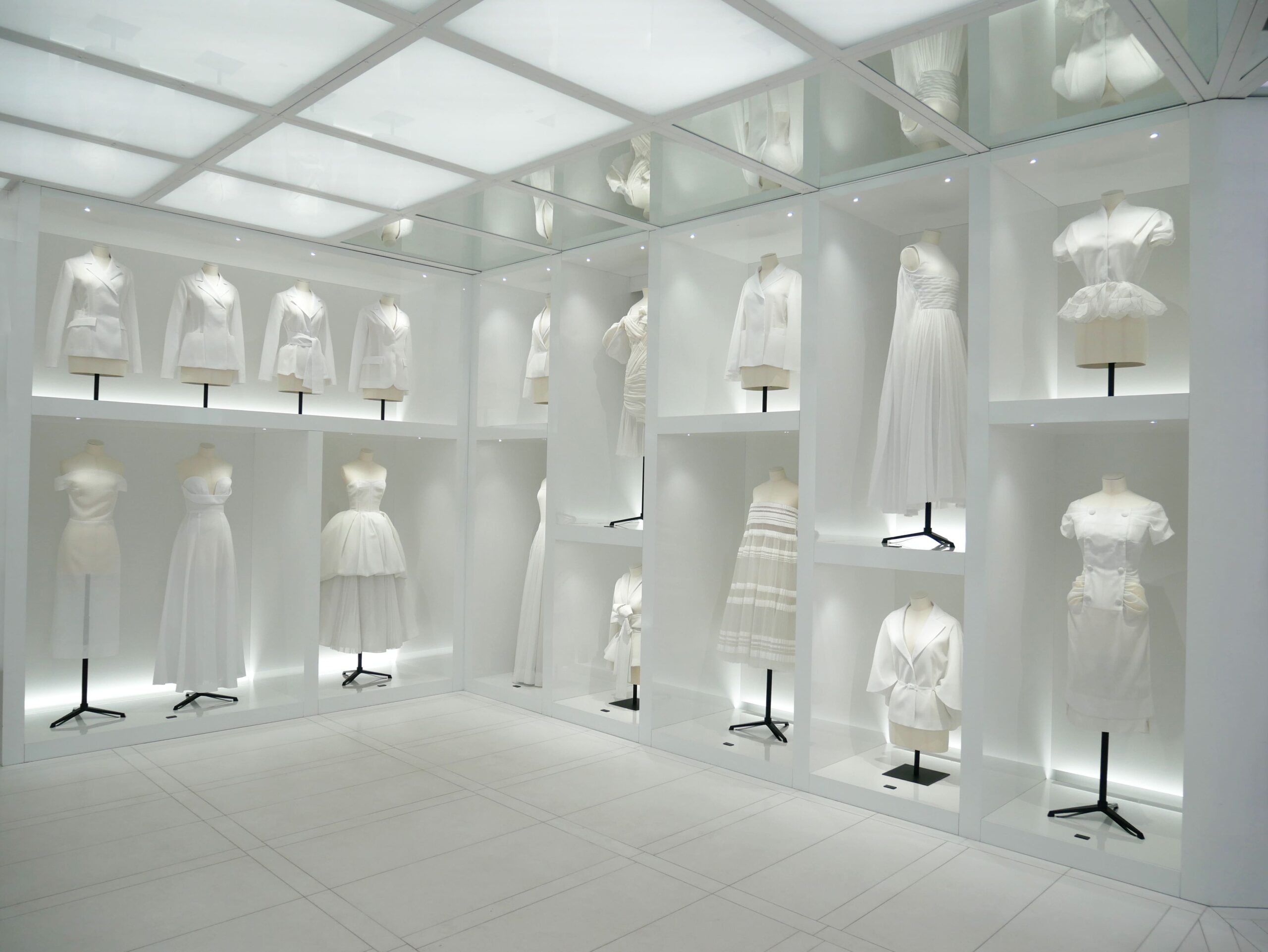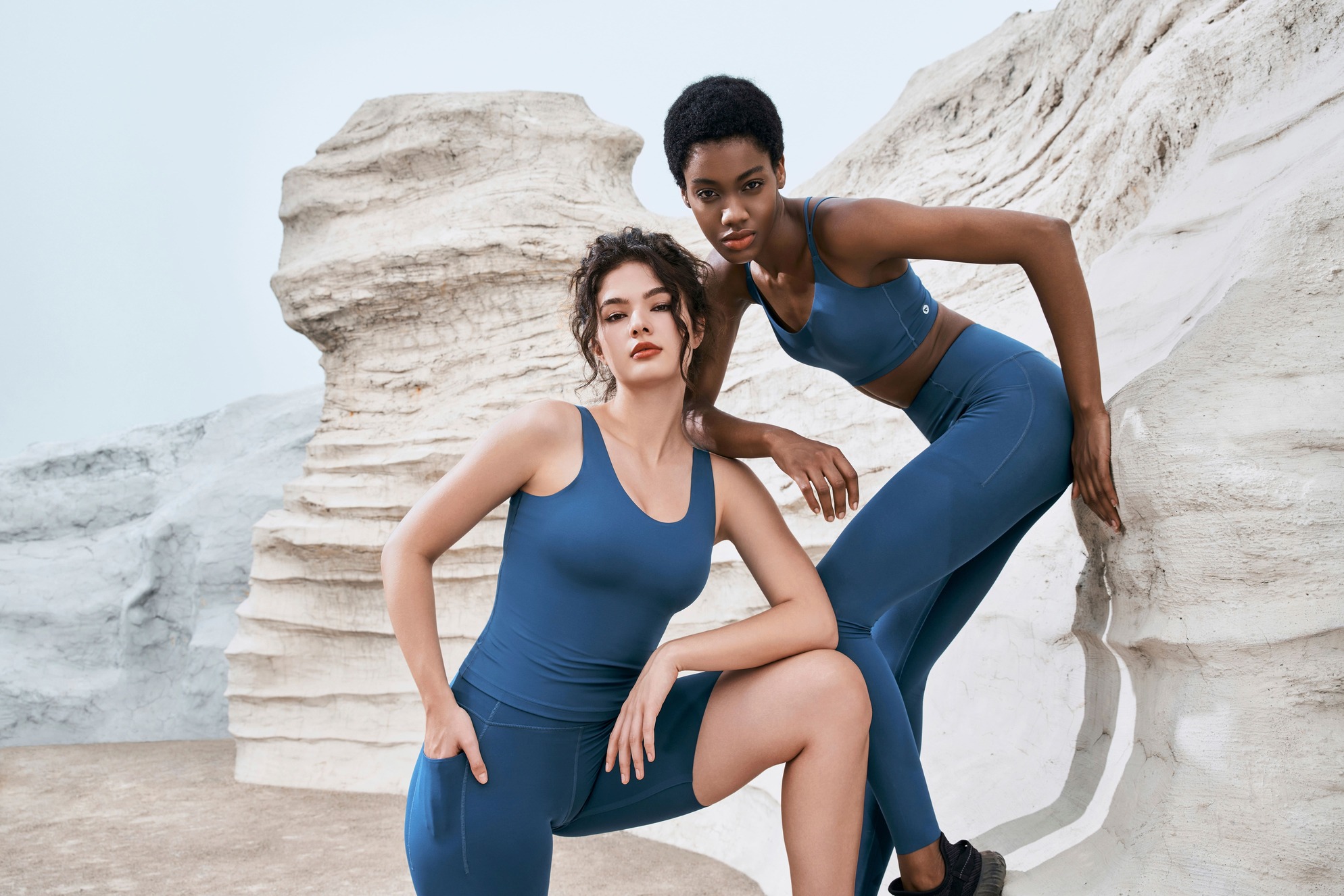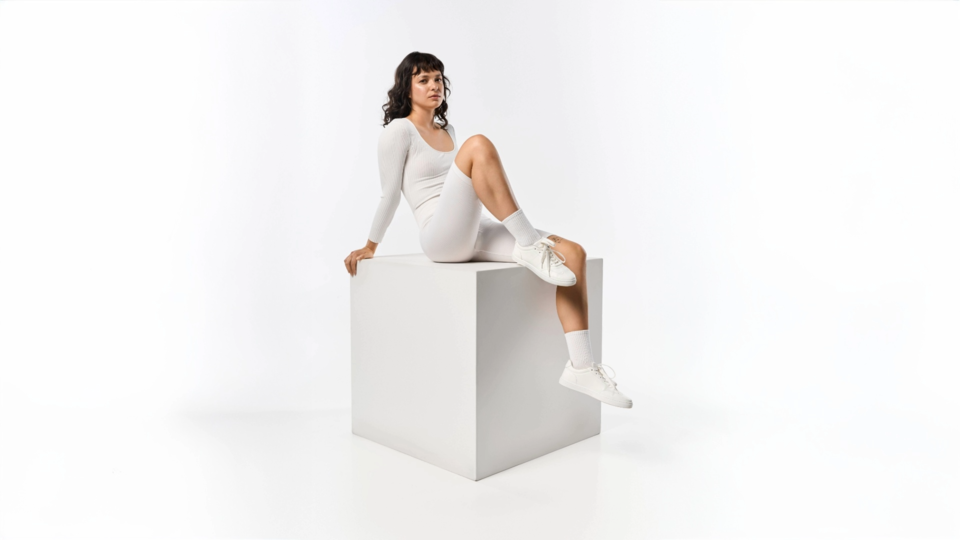Virtual storefronts are transforming the fashion e-commerce landscape, showcasing products in more engaging ways, increasing customer interaction, and driving higher online sales.
A virtual storefront is the part of your online store where products are displayed in detail: images, descriptions, videos, customer reviews, and all the information that helps shoppers evaluate and decide. Just like a physical store invests in mannequins, lighting, and layout to attract attention, your e-commerce must craft its digital storefront with the same care, using the right visual and interactive elements.
Your storefront can be your homepage or a featured section within your store, but it doesn’t have to stop there. You can create storefronts for product launches, seasonal collections, or exclusive promotions. It is the space where you express your brand identity, highlight strategic products, and guide customers smoothly through their buying journey.
In short, if the product is the “what,” the virtual storefront is the “how.” It’s how customers see it, evaluate it, and decide to buy.
Why a Strong Virtual Storefront Matters
Visibility for the right products
A well-structured storefront gives extra visibility to what matters most: high-margin items, overstocked products, or those with high conversion potential. It helps direct customer attention to your business goals.
Better navigation and user experience
An intuitive storefront reduces friction and helps customers find what they want quickly through responsive design, clear categories, and strong visuals. The smoother the experience, the higher the conversion rate.
Stronger brand perception
A polished virtual storefront signals professionalism and builds trust. This perception reduces hesitation and increases the likelihood of completing a purchase.
Flexibility to test and optimize
Digital storefronts allow you to experiment with layouts, banners, and product groupings, then track performance and optimize. This agility is a major competitive advantage.
Emotional connection with the customer
When visuals, colors, and mood are well executed, your storefront can trigger emotional responses and reinforce loyalty. Even if not directly measurable, this impact is real.
As an e-commerce manager, think of your virtual storefront not as a simple product page, but as a digital merchandising tool that integrates operations, marketing, and brand identity.
Common Types of Virtual Storefronts in Fashion E-commerce
Promotional storefronts
Perfect for clearance sales or overstocked items. Highlight time-limited discounts or exclusive deals on your homepage.
New arrivals or product launches
Use “New This Season” sections to generate curiosity and engagement by showing your latest collections.
Best sellers
Display top-performing items to build social proof and increase conversion. Shoppers trust what other customers already love.
Category-based storefronts
Essential for stores with a wide assortment. Let customers browse by theme or segment, such as “Men’s Casual,” “Women’s Premium,” or “Accessories Outlet.”
Define which storefronts make sense for your business based on stock levels, target audience, and seasonality. You don’t need all of them at once; rotate and test strategically.
How to Build an Effective Virtual Storefront
Step 1 – Align your brand identity
Make sure your logo, color palette, fonts, and photography style are consistent. Create a simple brand guide to ensure coherence across your site, emails, and social channels.
Step 2 – Choose or refine your layout
Most e-commerce platforms offer pre-built themes. Choose one that is mobile-friendly, visually appealing, and easy to update with banners, featured products, and videos.
Step 3 – Build strong visual assets
Use high-quality product images from multiple angles, with neutral backgrounds or lifestyle context. Add short videos showing products in motion to reduce returns and increase conversions.
Step 4 – Write complete and SEO-optimized product descriptions
Visuals attract attention, but text builds trust. Include details on materials, sizing, color, care, and returns. Optimize titles and meta descriptions for SEO.
Step 5 – Optimize for mobile and performance
A slow-loading storefront drives customers away. Optimize images, compress files, and test on multiple devices to ensure smooth navigation.
Step 6 – Monitor, test, and update regularly
Update banners, colors, and sections to match new campaigns. Analyze data on clicks, conversions, and exit rates to continuously improve.
Fashion-Specific Ideas
Pre-launch teasers
Build excitement with “Coming Soon” storefronts showing sneak peeks or backstage photos, plus a sign-up option for early access.
Seasonal collections
Highlight your main collection at the top of your homepage using a lookbook-style layout and a clear “Shop Now” call to action.
Complete-the-look
Encourage cross-selling by grouping related products, such as “The full look: shirt + trousers + accessories.”
Sustainability stories
Dedicate a storefront to themes like “Slow Fashion,” “Eco-friendly Materials,” or “Made to Order” to strengthen your brand story.
Smart Storefronts: The Next Step in Fashion E-commerce
Beyond static virtual storefronts, smart storefronts powered by AI are reshaping fashion retail. Tools like Fashion Hint use artificial intelligence and behavioral data to personalize product displays for each visitor.
These technologies adapt your storefront in real time to match user profiles, browsing history, and preferences, delivering a more relevant shopping experience. The result is increased time on site, higher conversion rates, and stronger customer relationships. AI-driven storefronts also enhance cross-selling and up-selling strategies by suggesting complete looks and complementary items that truly fit each shopper.
Quick Checklist for E-commerce Managers
- Brand identity defined (colors, fonts, style)
- Responsive layout focused on storefront visibility
- Storefront sections organized by campaign (promotions, new arrivals, best sellers, categories)
- High-quality product images and videos
- Strategic banners and clear calls to action
- Complete, SEO-friendly descriptions
- Optimized load time and mobile usability
- Metrics tracked and improved over time
- Storefront updated according to campaigns and seasonality
- Personalized storefronts for each user
If you haven’t revisited your virtual storefront recently or never treated it as a digital merchandising asset, this is the right time to start.
Bring your virtual storefront to life.
Talk to our fashion specialists and learn more!



